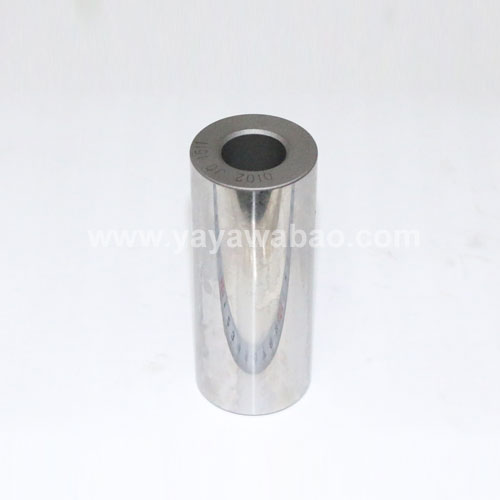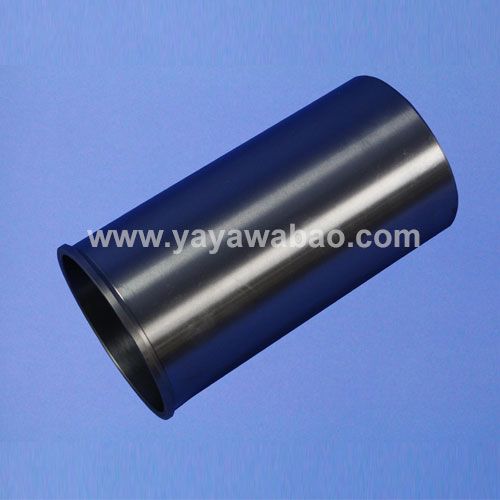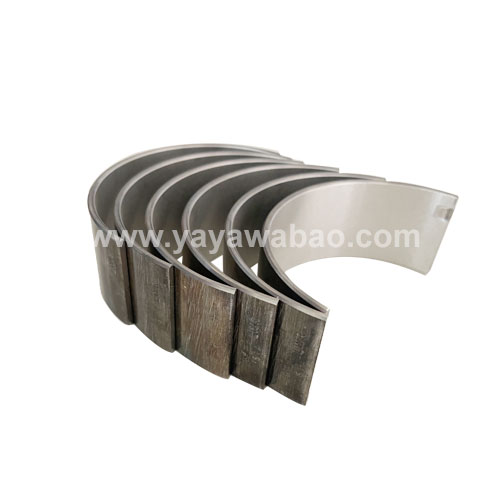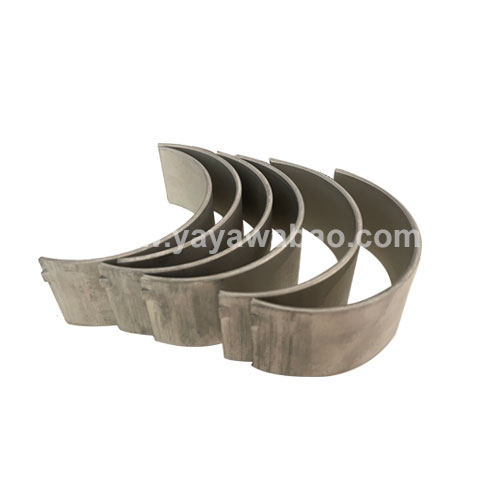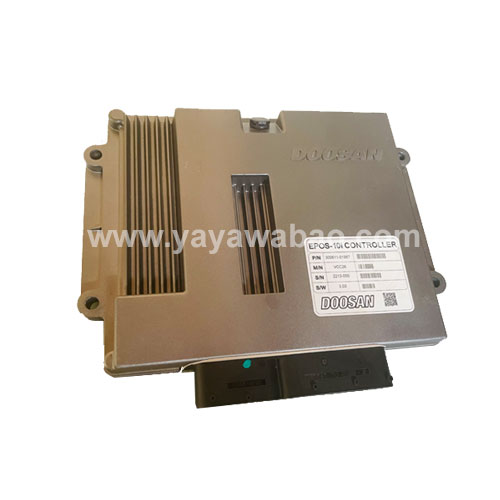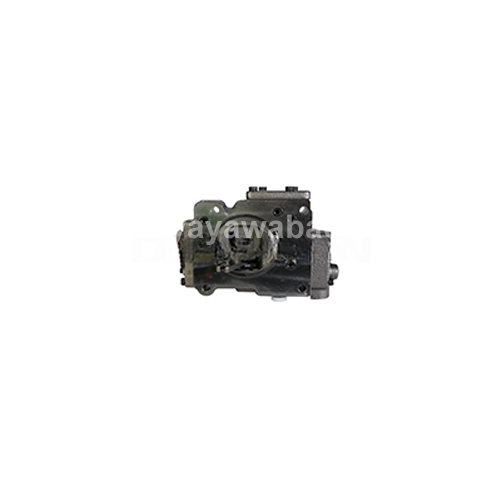
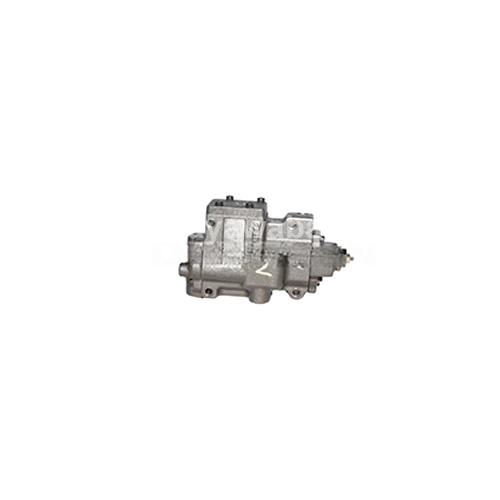
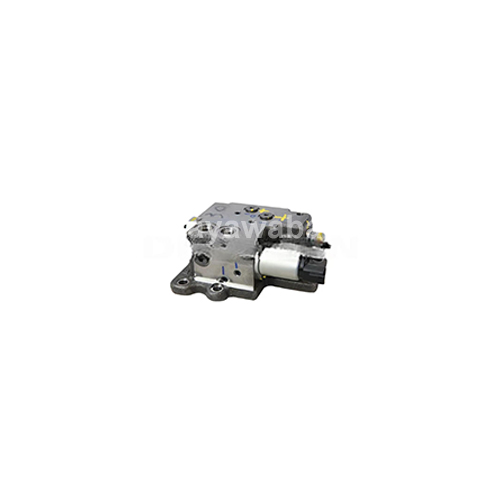



The main functions of the regulator component in an excavator include power control, power shift control, and reverse flow control.
The regulator is a crucial component of the hydraulic system in an excavator. It controls the power of the hydraulic pump and adjusts the tilt angle of the swash plate to regulate power shifting. Specifically, the operation principle of the regulator is complex, involving the adjustment of the maximum or minimum flow of the hydraulic pump. By changing the tilt angle of the swash plate to alter the piston stroke, the regulator achieves flow control of the pump. Additionally, the regulator enables precise control of the excavator through an electronic control system, inductive control devices, and reverse flow control pressure.
1. Power Control: The regulator controls the power of the hydraulic pump by adjusting the maximum or minimum flow of the pump. This is achieved by changing the tilt angle of the swash plate and the piston stroke.
2. Power Shift Control: The regulator adjusts power shift pressure based on engine speed and load conditions using an electronic control system and inductive control devices, thus controlling the output flow of the pump.
3. Reverse Flow Control: When the control levers and/or travel control levers/pedals are in specific positions, the regulator receives reverse flow control pressure to control the main pump.

| Product NO. | Applicable models | Weight | Packaging unit |
| 300733-00012 | DH215-9
DH225LC-9 |
7.07 KG | EA |

